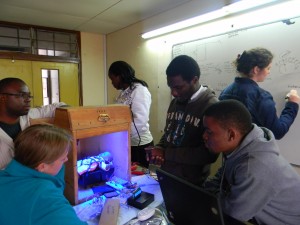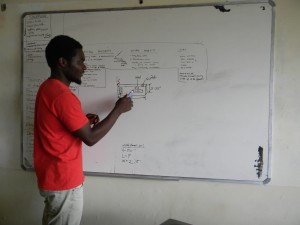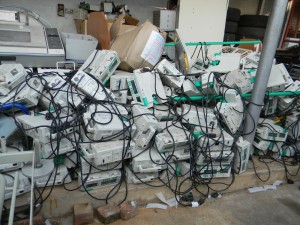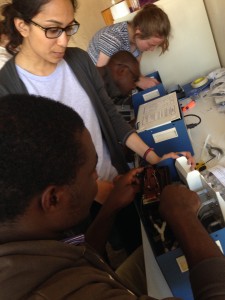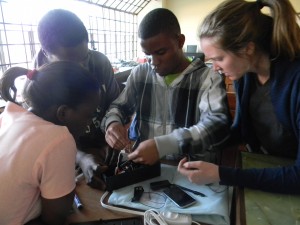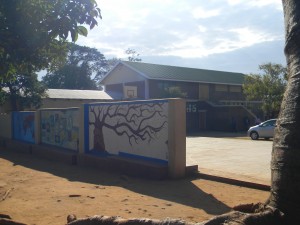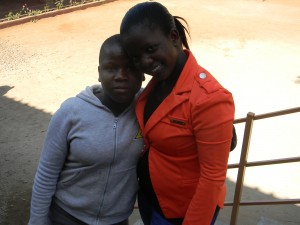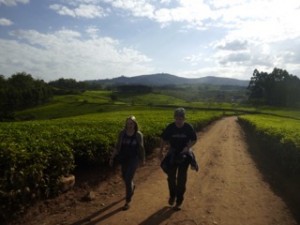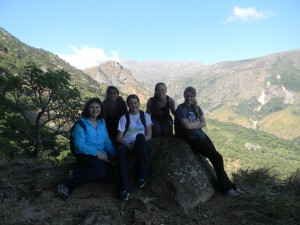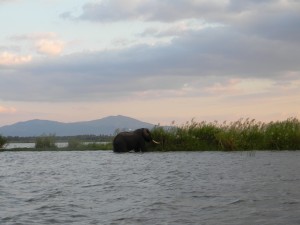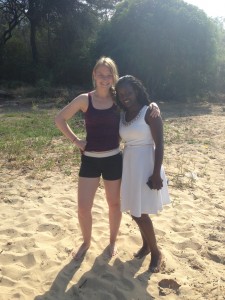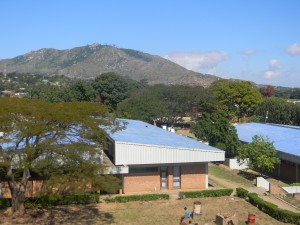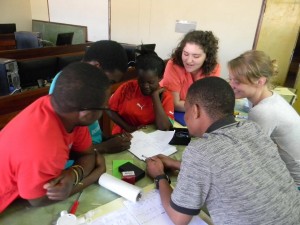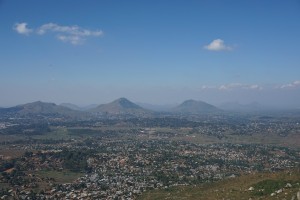As Sarah, Catherine and I have gotten to know Christina, Andrew, Francis and Charles better, we have had more opportunities to compare our lives at university and our different cultures. Our friendship has given me an opportunity to learn a lot about Malawi, and it has made me much more appreciative of the place and people I’m visiting. Here are a few cultural differences and similarities that we have discovered that I think are particularly interesting:
Differences:
Getting in to University
In most schools in the US, you apply to the university as a whole, or maybe to a particular school such as the school of engineering or social sciences. If you are accepted, you have the flexibility of choosing your major within the university or school to which you applied. If you decide to switch majors under that domain, it is relatively easy to do so.
When I was accepted to Rice, I first got an email with my acceptance and some information about what to expect. A few days later I received a letter in the mail, with confetti, a letter of acceptance, and congratulations. I remember getting the email and later the letter and being ecstatic about the prospect of starting a Rice career.
When applying to a university in Malawi, you rank the top three major programs you are interested in pursuing. Admissions staff will compare your test scores and performance in secondary school, and you will be accepted into one of the three choices. If you wish to change majors or schools, you must reapply and qualify for the new choice separately.
Acceptance to different university programs are announced over the radio. Secondary students will tune in at a certain date and time, and the broadcaster will announce the university and the program for which they are naming the accepted students. They will then say the names of the students and the secondary schools they come from. Using the radio would allow students who may not have a mailing address or consistent access to the internet to find out whether or not they got in to college. Our friends at the Poly have told us that when they got in to the electrical engineering program at the Poly, they were equally as thrilled as I was when I got into Rice.
Perceptions of Malaria
In Malawi, Malaria is an extremely common disease. Much like the flu in the US, it is understood to be dangerous but also seen every year. Francis, Christina, Charles and Andrew told me that getting Malaria happens at least every few years for each of them, and that it’s not that big a deal when it happens. If they get malaria, they go to the health clinic to get medicine and they try to get more sleep and just wait it out. Christina said that the worst time is the very first time you get sick, because your body has no immunity to the virus. After that, your body becomes better at responding when you are infected, and typically you may have to miss a few days or maybe a couple weeks of school before you’re back on your feet. I was told that everyone sleeps under a mosquito net every night preventatively, and that the government even provides a mosquito net to babies when they are born in the clinics.
I’m sure it’s needless to say that Sarah, Catherine and I have a very different understanding of Malaria. This is largely because it doesn’t exist in the US, and because it’s a very popular conversation topic among global health workers and development agencies. We learned in our global health classes that malaria is one of the top killers in developing nations around the world, including Malawi. Although we weren’t wrong in being concerned about the severity of the disease, It was an interesting difference between Malawian and American perspectives to learn how malaria is also a part of everyday life. Malaria is dangerous, but it doesn’t inspire nearly as much fear in my Malawian friends as it does in Sarah, Catherine and myself.
Similarities:
Girls in Engineering
Things are changing in the US, but there is still a large unbalance between the number of women who pursue careers in engineering as opposed to the number of men. According to the National Science Foundation, women made up only 18.6% of the enrolled undergraduate population pursuing an engineering discipline in 2011. At Rice, there’s evidence that the problems still exist, but things are moving in the right direction; Sarah told us that there are only six out of nearly forty rising juniors in the electrical engineering department that are girls, although my year of in the bioengineering department is Rice’s first class with more women than men.
At the Poly, the gender gap is also pretty apparent. Christina says she’s one of three girls that started in first year and will continue to complete their fifth years in electrical engineering, out of about forty students. Most of the engineering faculty we’ve met are men. However, Christina also told us about outreach programs she’s involved in that goes to local secondary schools and inspires girls to pursue engineering and other STEM fields. When we visited Jacaranda primary and secondary school, Christina delivered some very inspirational words to the girls in the audience about working hard towards dreams of careers in math and science.
Social Media
One of the biggest similarities between Rice students and Poly students that I’ve seen is the use of social media. Andrew told me that Facebook is pretty common among his friends and classmates, along with Instagram and WhatsApp. Social media is very essential during the year at Rice, and it’s been my tool the past six weeks to let me keep in touch with family and friends. The happiest part about our shared habitual usage of social media is that it will allow Sarah, Catherine and me to keep in contact with Charles, Francis, Andrew and Christina when we leave. If pursued smartly, social media connections could be a great way to facilitate communication between Rice and Poly students in the future, especially since the common practice of daily use is already set in place.
